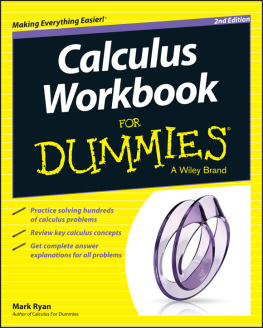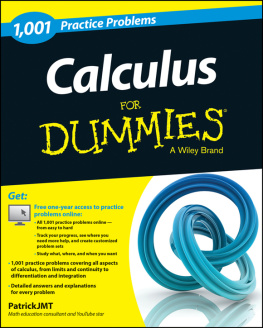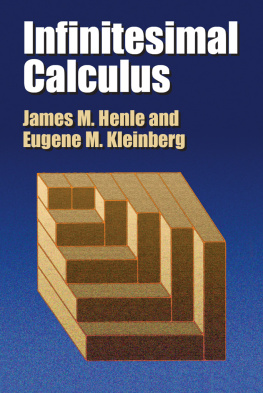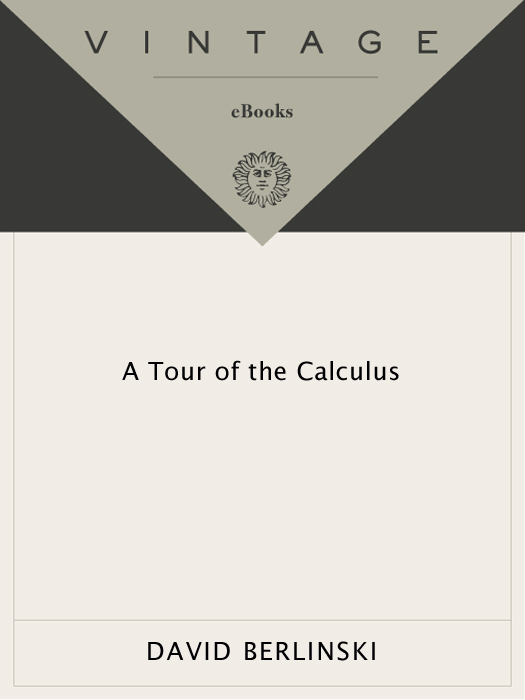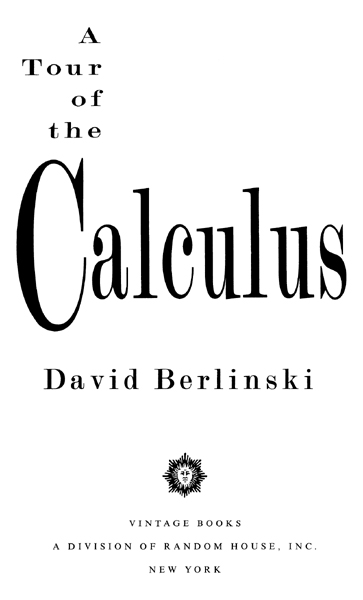David Berlinski was born in New York City. He received a B.A. degree from Columbia College and a Ph.D. from Princeton University. Having a tendency to lose academic positions with what he himself describes as an embarrassing urgency, Berlinski now devotes himself entirely to writing. He lives in San Francisco.
Also by David Berlinski
Black Mischief: Language, Life, Logic, and Luck
The Body Shop
Less Than Meets the Eye
A Clean Sweep
On Systems Analysis: An Essay
Concerning the Limitations of Some Mathematical Methods
in the Social, Political, and Biological Sciences
FIRST VINTAGE BOOKS EDITION, FEBRUARY 1997
Copyright 1995 by David Berlinski
All rights reserved under International and Pan-American Copyright
Conventions. Published in the United States by Vintage Books, a division of Random House, Inc., New York, and simultaneously in Canada by Random House of Canada Limited, Toronto. Originally published in hardcover by Pantheon Books, a division of Random House, Inc., New York, in 1995.
Grateful acknowledgment is made to the following for permission to reprint previously published material:
Dutton Signet: Excerpt from Of Exactitude in Science from A Universal History of Infamy by Jorge Luis Borges, translated by Norman Thomas di Giovanni, translation copyright 1970, 1971, 1972 by Emece Editores, S.A., and Norman Thomas di Giovanni. Reprinted by permission of Dutton Signet, a division of Penguin Books USA Inc.
Alfred A. Knopf, Inc.: Excerpt from Thirteen Ways of Looking at a Blackbird from Collected Poems by Wallace Stevens, copyright 1954 by Wallace Stevens. Reprinted by permission of Alfred A. Knopf, Inc.
The Library of Congress has cataloged the Pantheon edition as follows:
Berlinski, David.
A tour of the calculus / David Berlinski.
p. cm.
eISBN: 978-0-307-78973-0
1. CalculusPopular works. I. Title.
QA303.B488 1995
515dc20 95-4042
Random House Web address: http://www.randomhouse.com/
v3.1
For my Victoria
Long live the sun. May the darkness be hidden.
contents
introduction
As its campfires glow against the dark, every culture tells stories to itself about how the gods lit up the morning sky and set the wheel of being into motion. The great scientific culture of the Westour cultureis no exception. The calculus is the story this world first told itself as it became the modern world.
The sense of intellectual discomfort by which the calculus was provoked into consciousness in the seventeenth century lies deep within memory. It arises from an unsettling contrast, a division of experience. Words and numbers are, like the human beings that employ them, isolated and discrete; but the slow and measured movement of the stars across the night sky, the rising and the setting of the sun, the great ball bursting and then unaccountably subsiding, the thoughts and emotions that arise at the far end of consciousness, linger for moments or for months, and then, like barges moving on some sullen river, silently disappearthese are, all of them, continuous and smoothly flowing processes. Their parts are inseparable. How can language account for what is not discrete, and numbers for what is not divisible?
Space and time are the great imponderables of human experience, the continuum within which every life is lived and every river flows. In its largest, its most architectural aspect, the calculus is a great, even spectacular theory of space and time, a demonstration that in the real numbers there is an instrument adequate to their representation. If science begins in awe as the eye extends itself throughout the cold of space, past the girdle of Orion and past the galaxies pinwheeling on their axes, then in the calculus mankind has created an instrument commensurate with its capacity to wonder.
It is sometimes said and said sometimes by mathematicians that the usefulness of the calculus resides in its applications. This is an incoherent, if innocent, view of things. However much the mathematician may figure in myth, absently applying stray symbols to an alien physical world, mathematical theories apply only to mathematical facts, and mathematics can no more be applied to facts that are not mathematical than shapes may be applied to liquids. If the calculus comes to vibrant life in celestial mechanics, as it surely does, then this is evidence that the stars in the sheltering sky have a secret mathematical identity, an aspect of themselves that like some tremulous night flower they reveal only when the mathematician whispers. It is in the world of things and places, times and troubles and dense turbid processes, that mathematics is not so much applied as illustrated.
Whatever physicists may say, both space and time, it would seem, go on and on; the imaginary eye pushed to the very edge of space and time finds nothing to stop it from pushing further, every conceivable limit a seductive invitation to examine the back side of the beyond. We are finite creatures, bound to this place and this time, and helpless before an endless expanse. It is within the calculus that for the first time the infinite is charmed into compliance, its luxuriance subordinated to the harsh concept of a limit. The here and now of ordinary life, these are coordinated by means of a mathematical function, one of the noble but inscrutable creations of the imagination, the silken thread that binds together the vagrant worlds far-flung concepts. Fabulous formulas bring anarchic speed panting to heel and make of its forward rush a function of time; the wayward area underneath a curve is in the end subordinated to the rule of number. Speed and area, the calculus reveals, are related, the revelation acting like lightning flashing between two distant mountain peaks, the tremendous flash of light showing in the moment before it subsides that those peaks are strangely symmetrical, each existing to sustain the other. The relationship that holds between speed and area holds also between concepts that are like speed and area, the calculus emerging at the far end of these considerations as the most general of theories treating continuous magnitudes, its concepts appearing in a thousand scattered sciences, the light that they shed there reflections of the subjects central light, its single sun.
The dryness of this description should not obscure the drama that it reveals. Of all the miracles available for inspection, none is more striking than the fact that the real world may be understood in terms of the real numbers, time and space and flesh and blood and dense primitive throbbings sustained somehow and brought to life by a network of secret mathematical nerves, the juxtaposition of the two, throbbings on the one hand, those numbers on the other, unsuspected and utterly surprising, almost as if some somber mechanical puppet proved capable of articulated animation by means of a distant sneeze or sigh.
The body of mathematics to which the calculus gives rise embodies a certain swashbuckling style of thinking, at once bold and dramatic, given over to large intellectual gestures and indifferent, in large measure, to any very detailed description of the world. It is a style that has shaped the physical but not the biological sciences, and its success in Newtonian mechanics, general relativity, and quantum mechanics is among the miracles of mankind. But the era in thought that the calculus made possible is coming to an end. Everyone feels that this is so, and everyone is right. Science will, no doubt, continue as a way of life, one among others, but its unique claim to our intellectual or religious devotionthis has been lost and it is foolish to deny it.


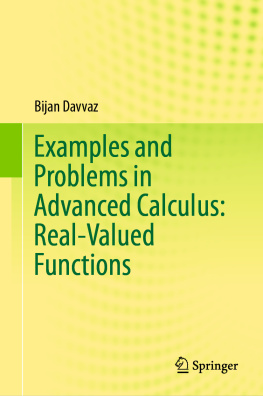
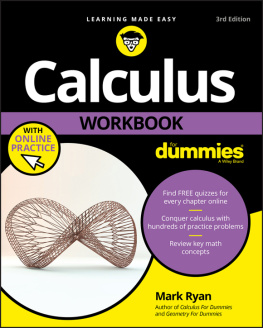
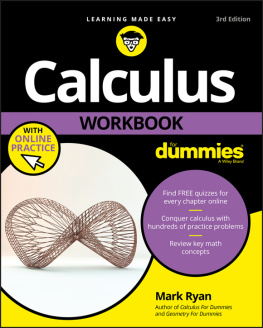
![Chris Monahan [Chris Monahan] - Calculus II](/uploads/posts/book/119088/thumbs/chris-monahan-chris-monahan-calculus-ii.jpg)
